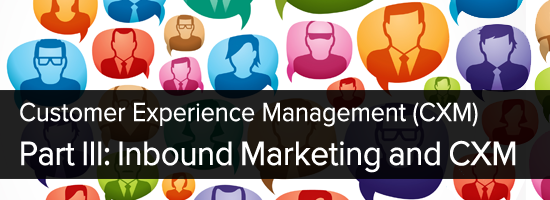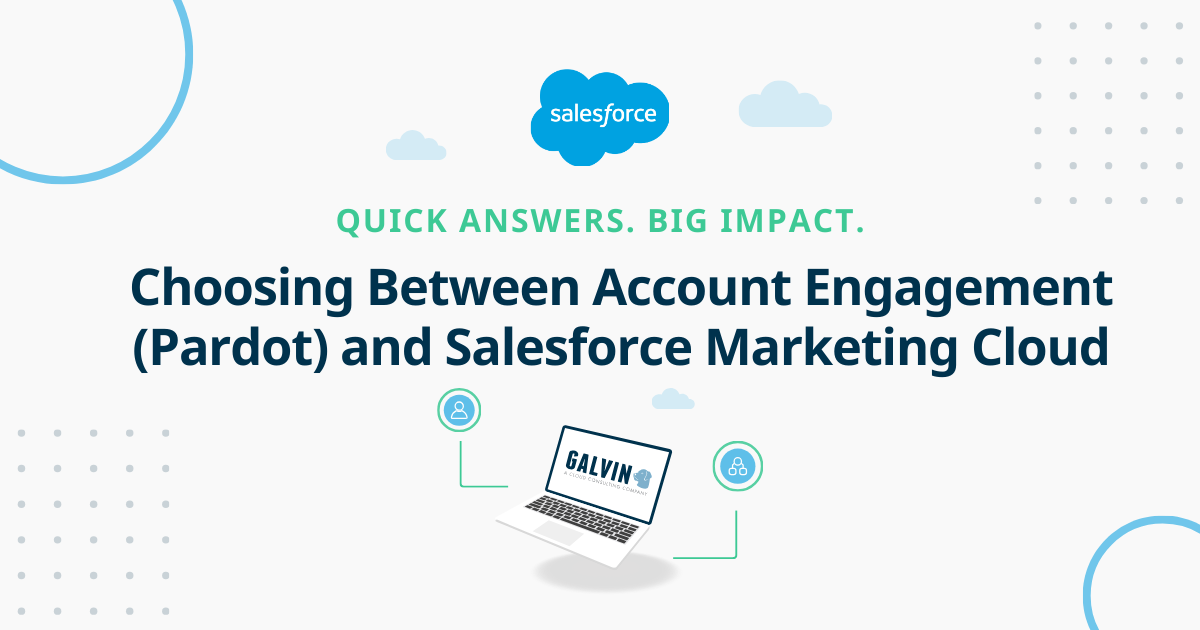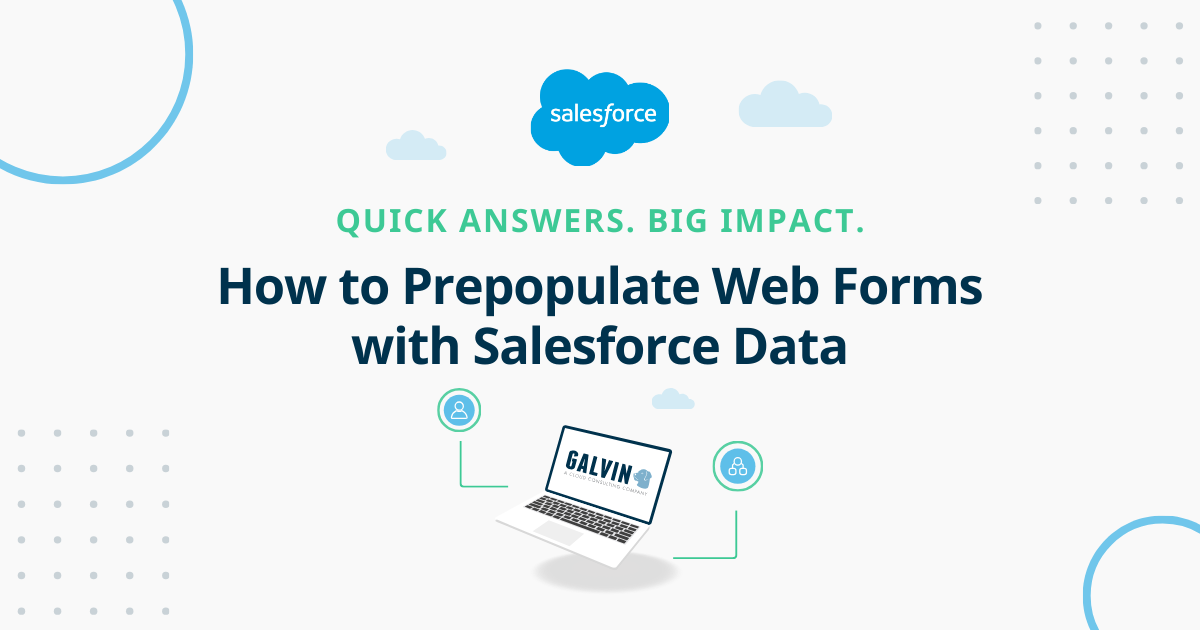Customer Experience Management – Part II: Inbound Marketing and CXM
 Inbound marketing serves an important role in customer experience management (CXM). Inbound marketing is how a company advertises through blogs, search engine optimization (SEO), social media, whitepapers, videos, and other forms of content marketing. It is the main concept in generating attention to a company’s products or services online. This introduces new relationships into the CXM process.
Inbound marketing serves an important role in customer experience management (CXM). Inbound marketing is how a company advertises through blogs, search engine optimization (SEO), social media, whitepapers, videos, and other forms of content marketing. It is the main concept in generating attention to a company’s products or services online. This introduces new relationships into the CXM process.
Two of the elements of inbound marketing, SEO and social media, are being discussed in other parts of this series. This portion will explain other components of inbound marketing and their roles in a successful CXM effort.
Blogs
Infographics
Pictures are worth a 1,000 words and shares! Infographics are images that tell a story through text and imagery. Over the past few years, Infographics have gained popularity on social networks. The mix of great graphics, data, and text make them a prime item to be shared. Including your company branding and a link will improve brand awareness and conversion from this content.
Whitepapers and eBooks
There are topics that are too long for blog posts. For more in-depth topics, a whitepaper or eBook make a much better choice. Whitepapers tend to be much more text heavy or authoritative, while eBooks may be more illustrative. Regardless of the format, both of these types of content have great lead generation potential. In most strategies, these pieces of content are connected to a landing page with the goal of having the user submit some information in return for the valuable information. Traffic is driven to these pages mainly through email marketing or social media campaigns.
Videos
There is a reason why YouTube is one of the most searched sites on the internet. Video allows the user to receive a message in a much more passive manner. With the advancements in mobile technology, anyone with a smartphone can have their own video channel. Expectations regarding quality content in the video will typically trump its production value, especially in the beginning. If videos prove to have a good return on investment, then look at upping your game on the production. The right videos certainly have the potential to drive new leads to your site.
Inbound Marketing as a Retention Tool
A secondary role of inbound marketing in customer experience management is client retention. Providing additional information to clients and reaching out to them through social media channels are other ways to show you value the relationship your company has with them. Providing continuing education for current clients on your products and services may also lead to additional opportunities.
Which of these methods do you currently use? Do you need help figuring out which of these inbound marketing directions is right for you? If so, contact us online and we’d be glad to help you.












